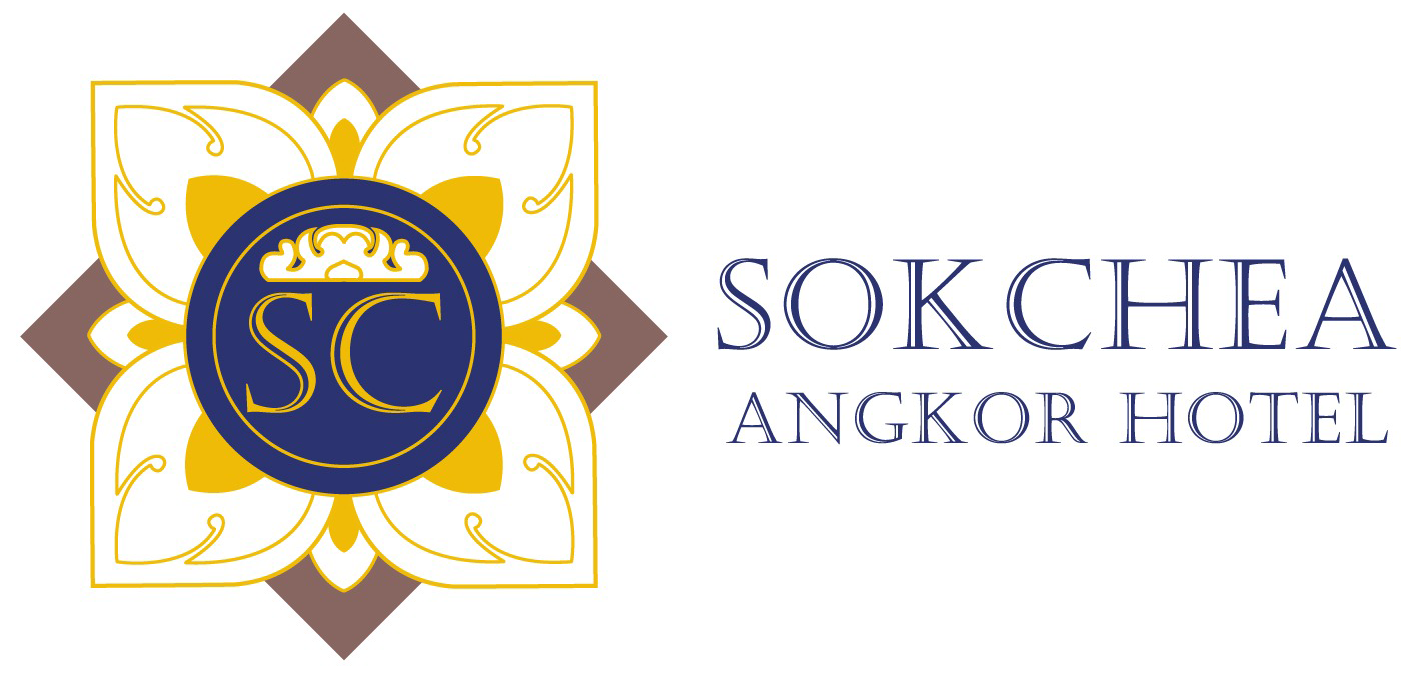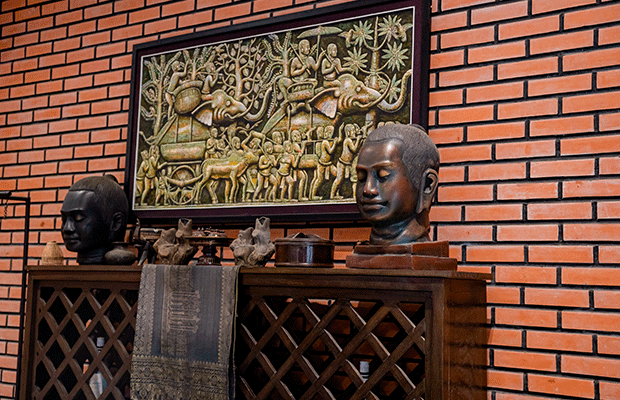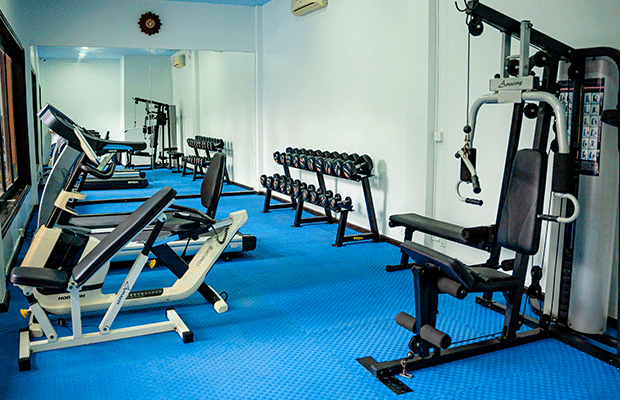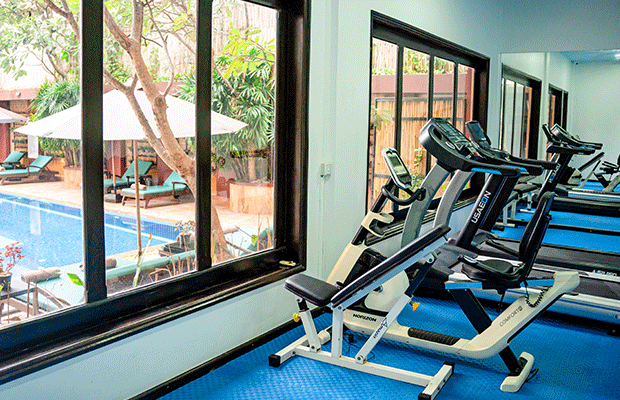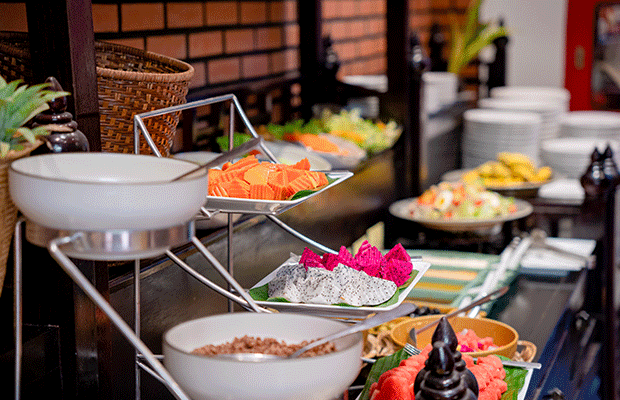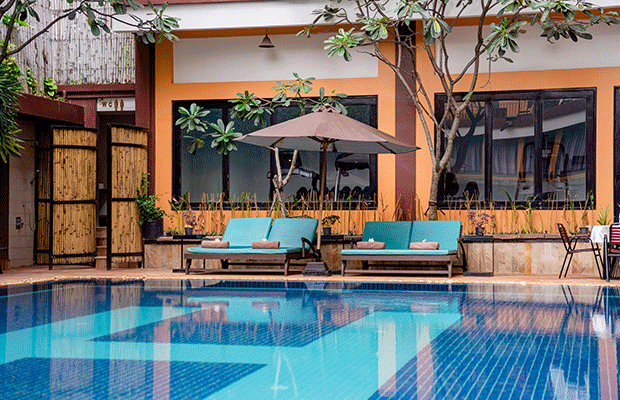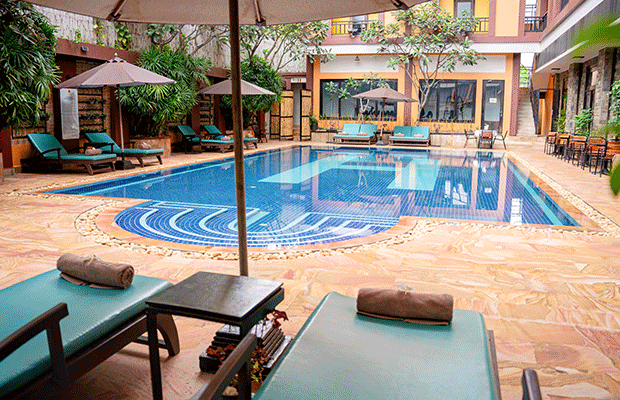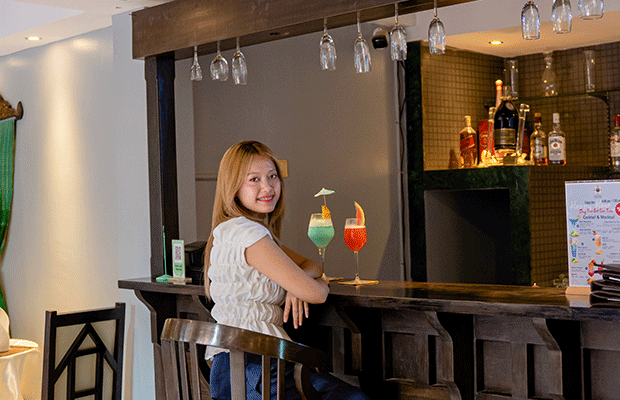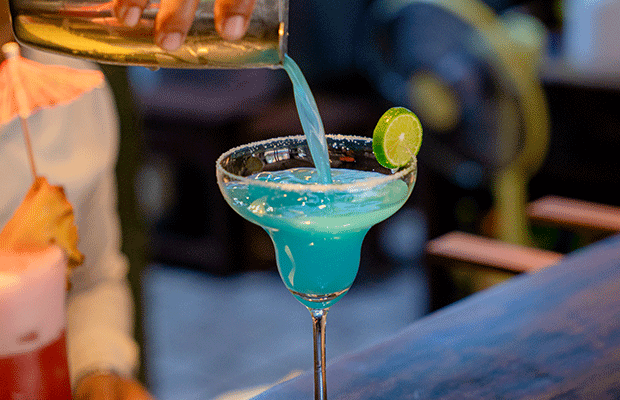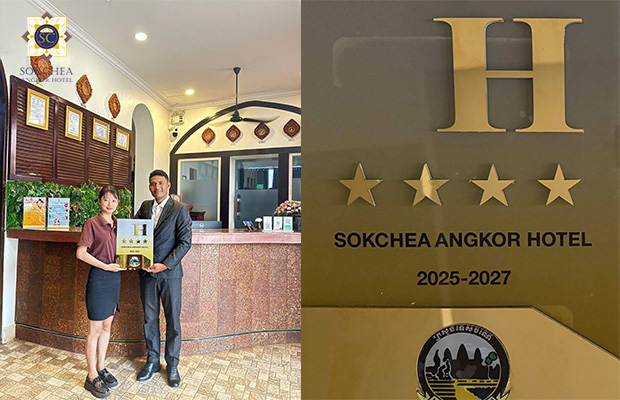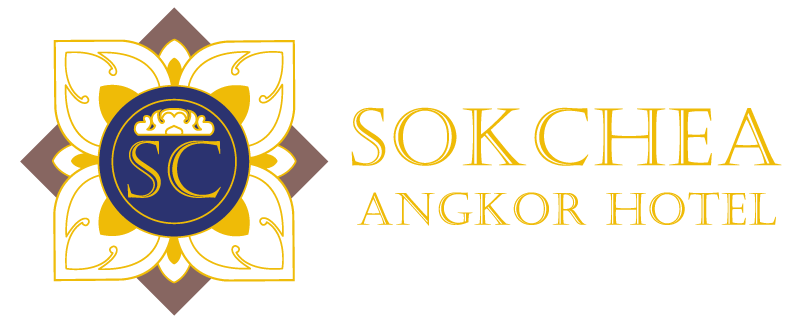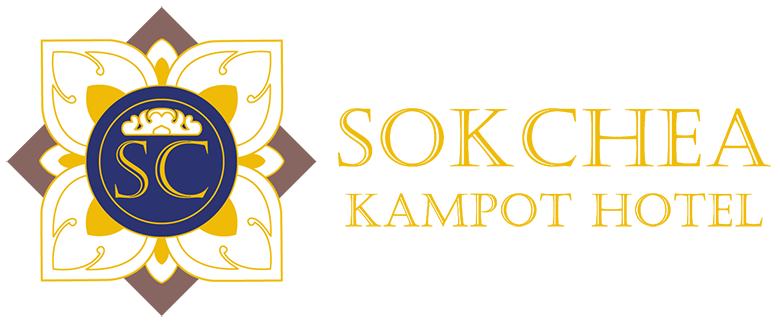As of 2024, travelers visiting the Angkor Archaeological Park in Siem Reap, Cambodia, have multiple official options for purchasing the mandatory Angkor Ticket Pass. The primary and longest-standing sales point is the Angkor Enterprise Main Ticket Office, located approximately 4 km from downtown Siem Reap along Road 60. This office operates from 5:00 AM until 5:30 PM daily, catering to early visitors heading for sunrise at Angkor Wat. However, in a move to improve convenience for tourists, authorities have introduced a second official ticket counter at Heritage Walk Mall, a modern shopping and dining complex situated just minutes away from the popular Pub Street area. This secondary outlet, open from 8:00 AM to 5:00 PM, provides the same services as the main office but in a more central, air-conditioned environment with generally shorter queues—making it an excellent choice for those staying in the city center who wish to avoid the morning rush at the primary location.
For tech-savvy travelers, the official online ticket portal https://www.angkorenterprise.gov.kh allows advance purchase of passes, which can be presented as QR codes at temple entrances. This digital option is particularly useful for avoiding lines entirely. Pricing remains consistent across all sales channels: $37 for a 1-day pass, $62 for a 3-day pass (valid for 10 days, with any three days of entry), and $72 for a 7-day pass (valid for a month, with any seven days of entry). Children under 12 enter free but must present a passport or ID for verification.
A critical requirement for all pass purchases is the on-the-spot photograph taken at the time of issuance, which is embedded into the ticket to prevent transferability. Visitors should also note that passes are non-refundable and must be kept intact throughout their stay, as frequent checks occur at temple entrances. For those planning to witness the iconic Angkor Wat sunrise (with gates opening at 5:00 AM), purchasing the pass the day before is strongly advised to bypass morning ticket office delays. Additionally, while the Heritage Walk Mall offers extended accessibility, it’s worth confirming its hours during holidays or special events, as adjustments may occur.
With these options, travelers can choose the most suitable method based on their itinerary—whether prioritizing convenience, avoiding crowds, or securing tickets in advance for a seamless experience at one of the world’s most magnificent heritage sites.
